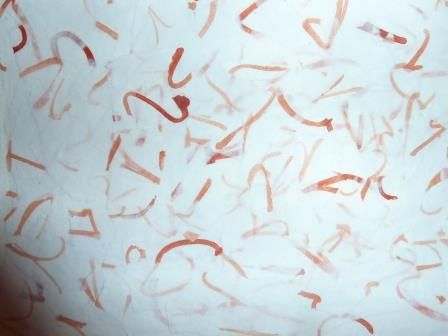(continuation of evaluation, as post was too large)
HOW SUCCESSFUL THE WORK HAS BEEN AND WHY
Although I couldn’t have imagined my work would develop as it has, I do feel that my work has become more successful than on any other point of the course. I think this is because I have sustained working regularly not only from the start of term, but throughout summer and Christmas holidays. An hour or two painting has proved more fruitful than 8 hours once a week.
WHERE IT HAS BEEN UNSUCCESSFUL AND WHY
In not recognising when I am ‘stuck’. More varied use of paint would develop work on.
WHAT I NEED TO DO TO DEVELOP MY IDEAS AND WORK & HOW I AM GOING TO DO THIS
Further research into how other painters use the mediumContinue painting, keeping up the momentum, especially in times of high pressure.Make an effort to talk about other artists work more in my blog so that contextualising my work becomes second nature.
Over this module my work has been varied, yet focussed. My critical judgement is improving with more reflection, the evidence of this being in the way I am producing work and how I am discussing it in my learning journal. Looking back over my blog I can see much I’d like to go through and edit as hindsight helps clarity.
There have been many ‘mistakes’ in my working, such as getting carried away with making cups and not even noticing there might be a better way to ‘immerse’ myself in the piece. Overall I feel I have been successful in ‘going with the flow’ of making work and second guessing myself less (thinking too much about what the finished pieces might look like). I have been worried that my work lacks any coherent direction, but I am beginning to think this doesn’t really matter. I am listening still, in my mind, and what I am producing is varied. I’m finding restricting what I use in terms of equipment and palette helpful, as it gives me something to push to its limits.
The qualities I find exciting in my recent work is the developing subtlety, the expressiveness of the paint.
What I’m not so keen on is when consecutive pieces become too similar, almost formulaic. Part of this cannot be helped, while limiting the colours I use as the pieces will naturally have at least their colour range in common, but I can be aware of times I am using similar gestures too frequently (not entirely sure if I mean it exactly like this as, for example, the gesture of writing comes into my work frequently and it is not necessarily a drawback)
To move my work on:
Since painting again I have used a variety of techniques to make work, but the most helpful thing I have been aiming for is to paint every day. This is the most significant








